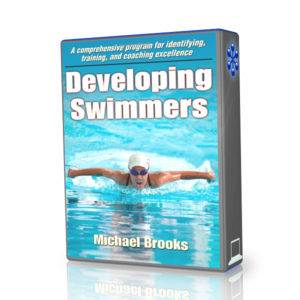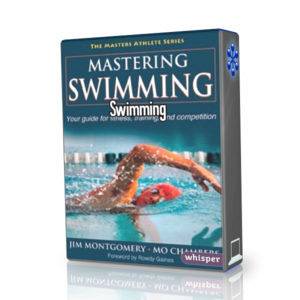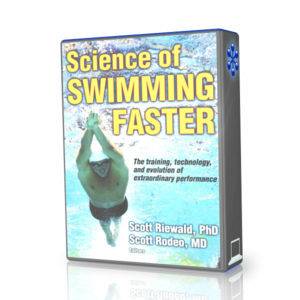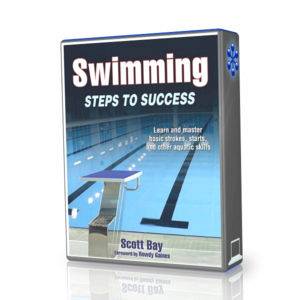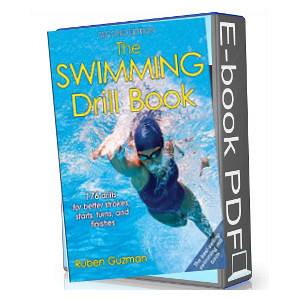Swimming has been a part of the human experience throughout history. Little is known about the methods used by early civilizations to acquire swimming skills, but swimming is depicted in Egyptian and Assyrian art dating back to 2000 B.C. Probably originally learned for survival, artifacts show that swimming was used for military purposes as well as leisure in ancient times. It is mentioned in the Bible, and was considered an important part of education by the Romans. Swimming was called the highest sport by the prophet Mohammed. It was also one of the original agilities needed to become a knight.
The first books addressing the technique of swimming were published beginning in the 1500s. Reflecting the European view of swimming as an activity of culture and sophistication, the technique described resembled the breaststroke. The first swimming drills were presented as diagrams for study and emulation. Later, land practice became a popular method of teaching swimming skills. Learners practiced the swimming actions by moving the arms and legs through the air in a repetitive, disciplined manner. However, this land drill method failed to address floatation, an essential aspect of swimming. Without experience in the water, learners often met with serious consequences! By the 1700s, a drastically different swimming technique was recorded by explorers of the New World, who were fascinated by the alternating over arm stroke they saw among the natives. Although described as superior in speed to their own style, the new swimming technique was not adopted by the Europeans for some time, as their view of good technique centered on graceful swimming, not fast swimming.
When swimming became an official sport in the early 1800s, the goal of swimming became speed. Swimmers experimented with new techniques, and trial and error led to the development of new strokes, including the side stroke, trudgen, and finally the crawl stroke. By the beginning of the 20th century, early swimming coaches were known as professors of swimming claimed to hold the secrets to winning techniques. Beginning in the 1920s, coaches filmed the best swimmers, and used the moving pictures as training tools. By the 1950s, four distinct competitive strokes had been established, with rules defining the acceptable technique for each. Coaches focused on developing speed by having their swimmers do repeat drills, or interval training.
In the 1960s, Coach Doc Counsilman revolutionized the approach to developing swimming speed by addressing swimming efficiency. Using established science to explain swimming propulsion, Counsilman's work focused on the technique of efficient swimming. In an effort to teach this kind of swimming, Counsilman contributed concepts still practiced today, including sculling, and leverage. Over the past forty years, the training methods for competitive swimming have developed rapidly, but practicing good technique with swimming drills has remained a part of training programs at all levels of the sport. Alexander Popov, the Russian Rocket promoted freestyle with the dolphin kick. Inge deBraun's coach had her spend hours doing single leg kicking. Natalie Couglin rose to world class status training with no arm work. USA Swimming endorses technique development from the earliest levels of the competitive swimming with the slogan a skill done 99 % correctly is 100 % wrong. Swimming drills of one kind or another have been used throughout history and they continue to be an effective part of the development of swimmers from novice to world class.


